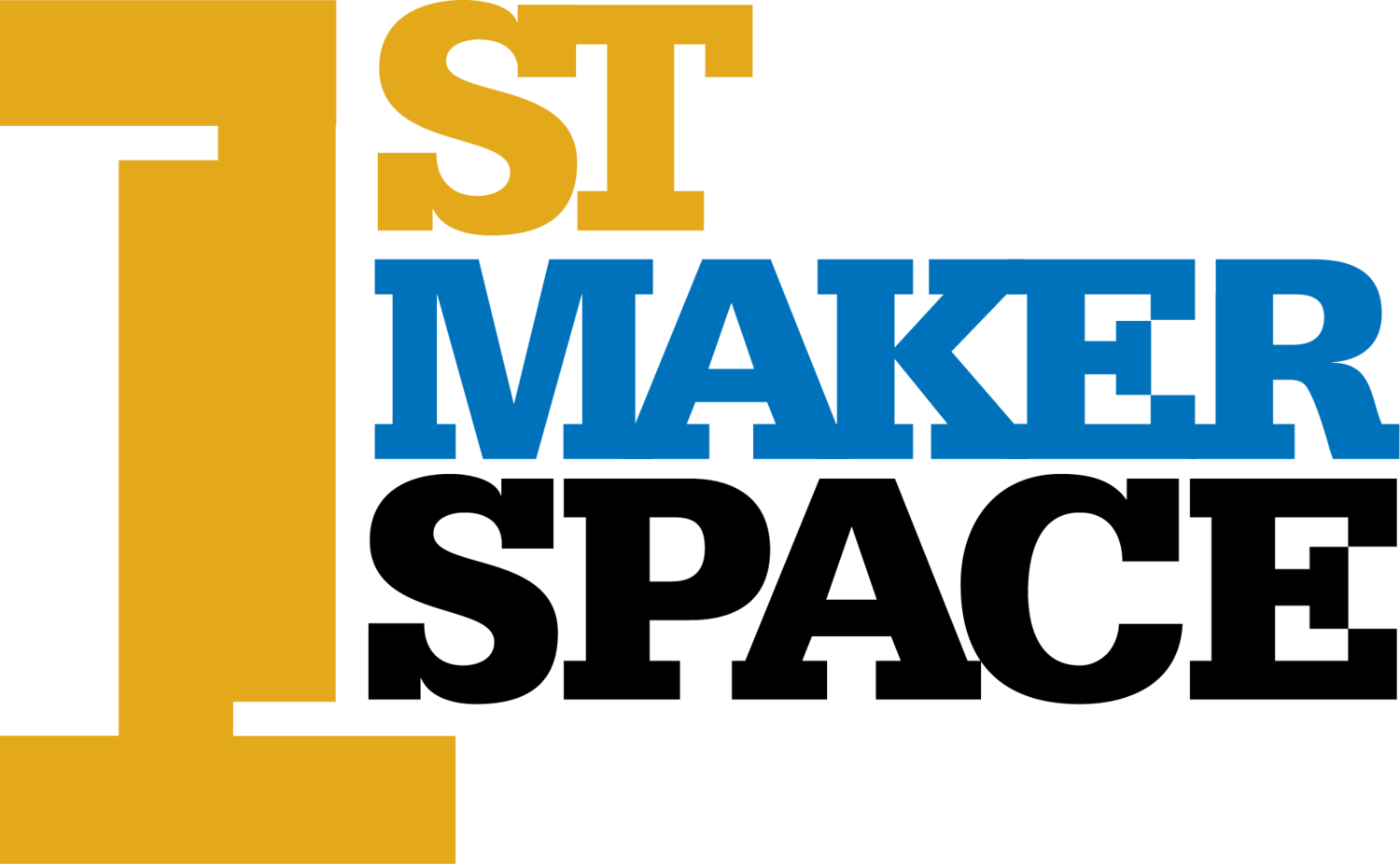Your Next 3D Printer will be a Laser Cutter
And you’ll like it a lot better.
All of these items and were made on a laser cutter.
1st Maker Space began selling 3D printers in 2015 – what seems like a lifetime ago. We ultimately sold, loaned or gave away hundreds of them. We hosted summer camps, trainings and public exhibits for over 2,000 kids and adults. We still have over 40 ‘3D Printer cadavers’ we are giving away to creative students who want to turn the old bones into new electro-mechanical projects. (Send me an email if you are interested.)
I’ve trained dozens of teachers on how to use 3D printers. I start every training by saying the use of the word “printer” is unfortunate. They are more like pianos. Nobody learns how to use a piano in a day. The same is true of 3D printers. They are tinker-toys, and most people don’t expect that a 3D printer should require tinkering to work, but they do. While they are really cool, the technology is finicky, fragile and fraught with gotchas that can be exciting to a ‘maker’ but off-putting to many teachers who just want them to work.
Enter laser cutters: They are faster, more reliable and simpler. The production output of a laser cutter runs rings around a 3D printer. True, you can’t make shapes that rival a machine shop – but every student with basic drawing skills can make something on a laser.
2D design is more familiar. The etching features make engraving easy, and products like awards, mugs can be made and sold for a profit or for fundraisers in volume!
We like the ability of laser cutters to work with cardboard, foam board, acrylic, and plywood – all of which are cheap, durable, and widely available.
One requirement of a laser cutter is the need for an exhaust hookup. This is like a dryer vent which needs to be installed on an outside wall (or roof.)
The other requirement relates to safety – there are materials you DON’T want to use with a laser cutter. And since the laser burns through the material to cut or engrave it, you want to be sure never to operate unattended and keep a fire extinguisher and fire-retardant materials (we recommend sand) nearby just in case the material you are cutting catches fire. Taking these precautions just makes sense despite the rare chance of you ever having a problem.
The laser system, exhaust fan, air pump, and coolant re-circulator can make some noise in a small makerspace – but a lot less than many woodworking tools and they are far safer to operate too.
Most educators and administrators agree that the laser cutter/engraver they bought is the workhorse of the makerspace. Students ramp up quickly and start making cool stuff from day one.
Your next makerspace investment should be a laser cutter!
- Kim Brand, President and CEO of 1st Maker Space, LLC

